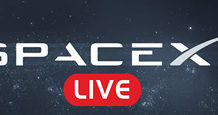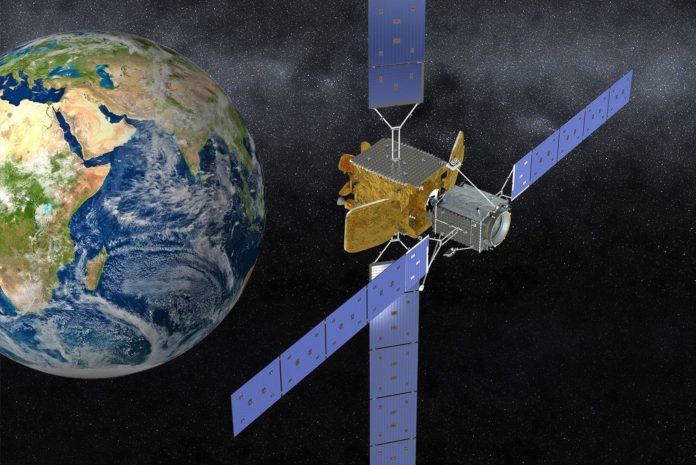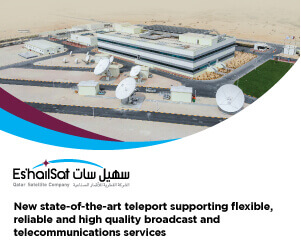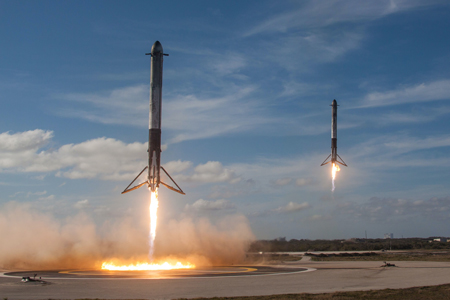9th October Russian rocket will mark a day of the first-of-its kind Mission Extension Vehicle MEV-1 designed and built jointly by Northrop Grumman and NASA. The biggest factor that defines the design life of a satellite is mainly the fuel. With MEVs this could add few more years to a satellite. The inaugural MEV-1 will dock with an Intelsat satellite after 3 months of its launch. This will extend the life of Intelsat satellite by five-years before it retires. MEV-1 will still have sufficient fuel to support another 10 years of satellites missions.
A second MEV-2 is planned to be launched in 2020 for another of Intelsat’s satellite with the same amount of fuel left to support other missions. Mission Extension Vehicles have been under discussion and practically being designed by a number of other satellite manufacturers such as Lockheed Martin and Airbus DS.
NASA is greatly interested in the development of MEVs for its LEO satellites and are working on it own in-orbit service technology development. Mission extensions could prove to be a vital part of the satellite industry as fuel is one of the greatest limiting factors to a satellite life. If the business model is proved, satellite operators will opt for refueling instead of replacing an old satellite with a new one and also help in reducing space junk.



























